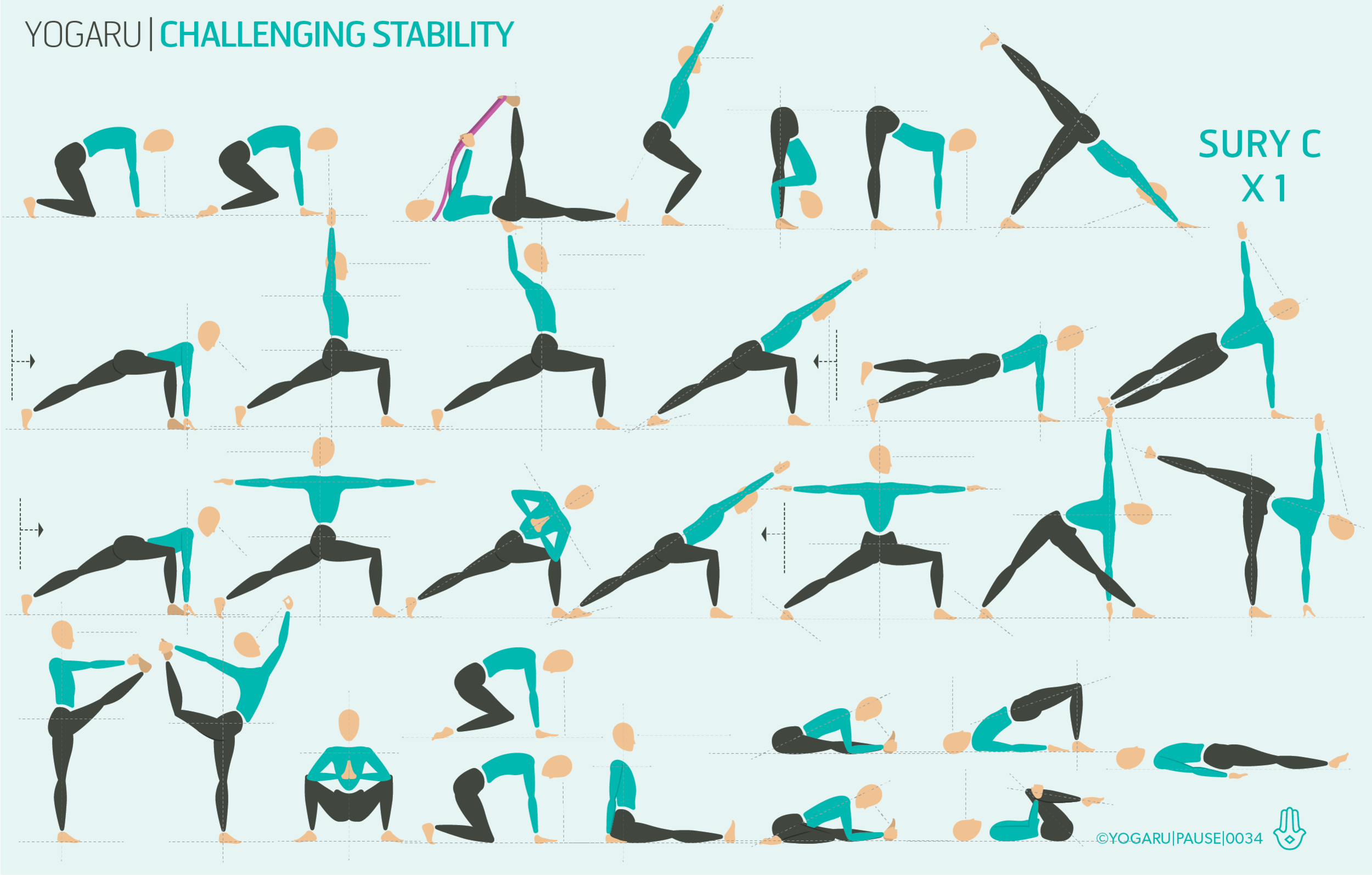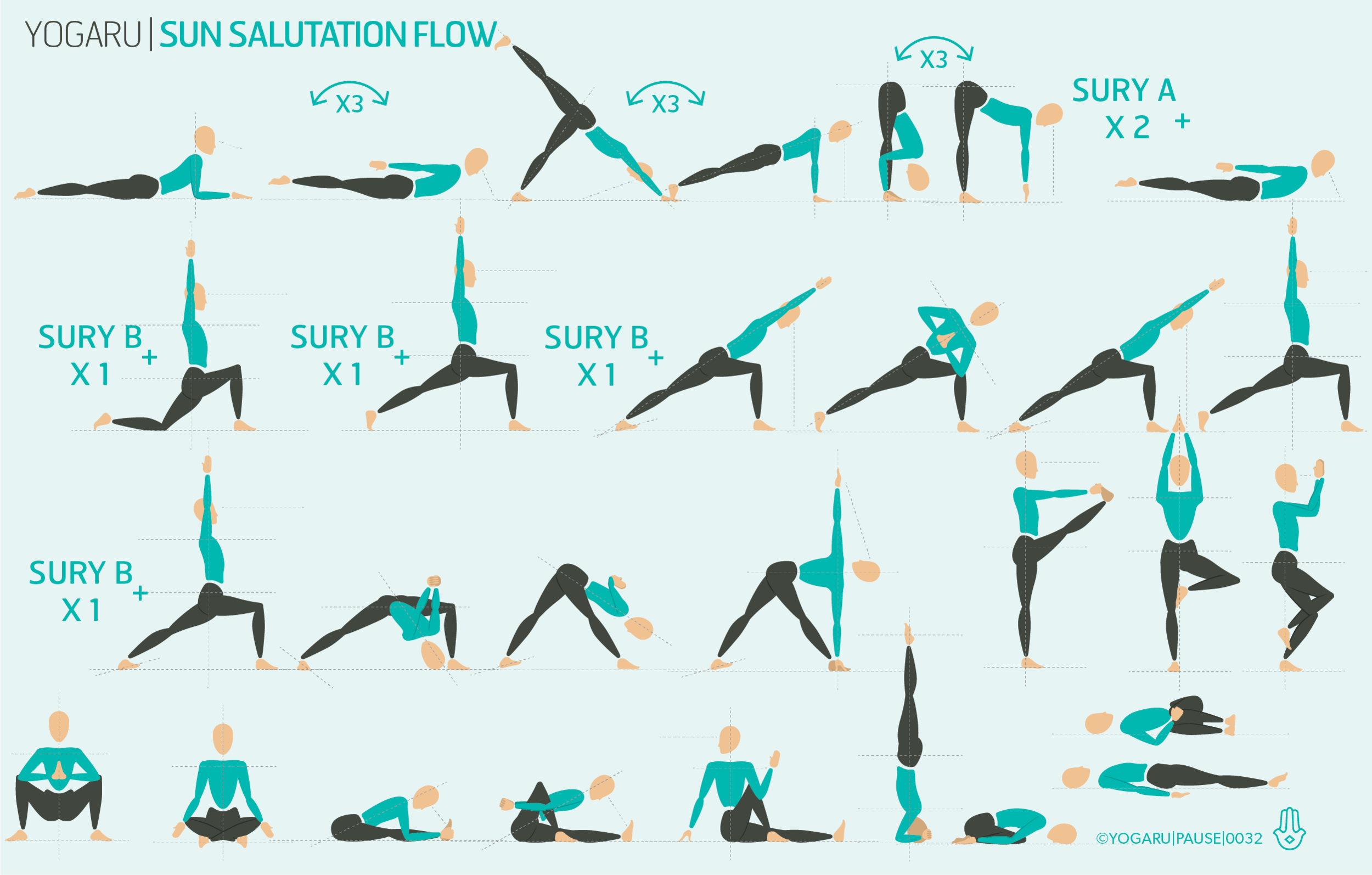BRINGING IT OFF THE MAT
Often in our practice we look at standing asana which require balance as a challenge to be conquered. When we don’t manage to catch our balance, the ego and the self-critic rise to the surface. Our practice on the mat can help us to deal with situations off the mat. We become better at recognising emotions, dealing with them in a supportive safe environment, and feeling more at ease with them off the mat. There will be periods of life when we feel out of balance emotionally and physically. Learning to deal with the emotions which come to the surface won’t stop the periods of instability, but it will help you to manoeuvre through these stages more smoothly – knowing that it’s a natural wave that will pass; staying present, and pausing before you react, as you move through the process.
CREATING INSTABILITY
This sequence artificially creates an unstable physical environment – with the intention of making you feel off balance – challenging you to slow down, explore the feelings that instability bring up for you, and recognising that these feeling will pass. If you find yourself judging your abilities – bring your attention back inwards, down to the three points on the soles of your feet (big toe mound, little toe mound and centre of the heel), and visualise your feet sprouting roots into the support of the solid ground. You will start to feel an engagement and energy travelling up from your foundation. Follow this sensation, pausing at points where you feel muscles working to stabilise and support you. Pay particular attention to your supporting leg/legs in the standing asana of this sequence.
There are two Ashta Chandrasana/High Lunge flows, mark a vertical line in the centre at the top and bottom of your mat (I used chalk). Line the big toe of your front foot to the right of the chalk line and the big toe of your back foot to the left of the chalk line. A narrower stance will make the high lunge more challenging to your balance. Root down into your feet and feel for your centre of gravity. Use a strap around the ball of the lifted foot in Utthita Hasta Padangustasana/Extended hand to big toe to help keep the upper body more upright. For more information on the importance of your feet in yoga have a read of Anatomy 101 - Find your feet.
To save the images for personal use click and hold down the image until the ‘save image’ option appears; on Mac hold down ‘control’ and click the image to get the option box; on PC right click on the image to get the option box. Scroll down in the ‘option box’ and click ‘save image’.
Ruth Delahunty Yogaru






